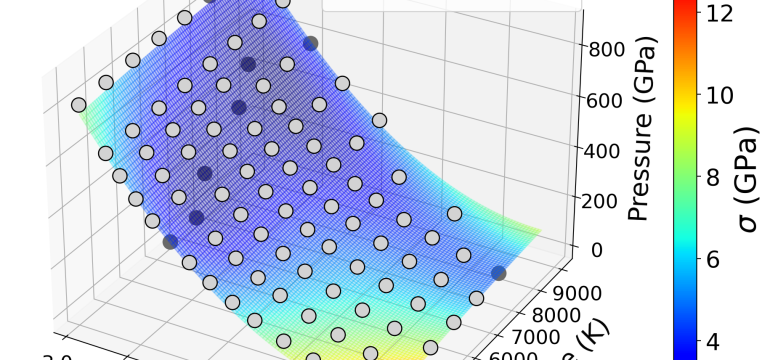Authors: Himanshu Sharma, Lukáš Novák, Michael D. Shields
Published on: February 23, 2024
Impact Score: 8.0
Arxiv code: Arxiv:2402.15115
Summary
- What is new: A new surrogate modeling method integrating scientific machine learning (SciML) and uncertainty quantification (UQ) with the ability to incorporate a wide range of physical constraints.
- Why this is important: The need for effective integration of SciML into UQ tasks and vice versa to provide realistic predictions and reduce the reliance on costly computational model evaluations.
- What the research proposes: A novel physics-constrained polynomial chaos expansion approach that integrates SciML and UQ, effectively incorporating physical constraints and a priori information for enhanced prediction accuracy and uncertainty estimation.
- Results: Successfully applied to various problems, demonstrating its capability to produce physically realistic predictions and efficiently quantify uncertainties in both deterministic and stochastic systems.
Technical Details
Technological frameworks used: Physics-constrained polynomial chaos expansion
Models used: Surrogate modeling methods, linear/non-linear PDEs, data-driven surrogate models, stochastic systems
Data used: Deterministic and stochastic parameters, complex physical systems data
Potential Impact
Industries relying on complex system simulations and uncertainty quantification, including aerospace, automotive, energy, and environmental sectors, could see significant efficiency and accuracy improvements.
Want to implement this idea in a business?
We have generated a startup concept here: PhysiQuant.



Leave a Reply